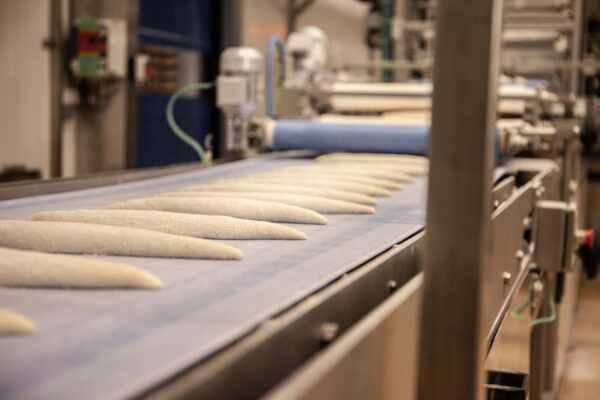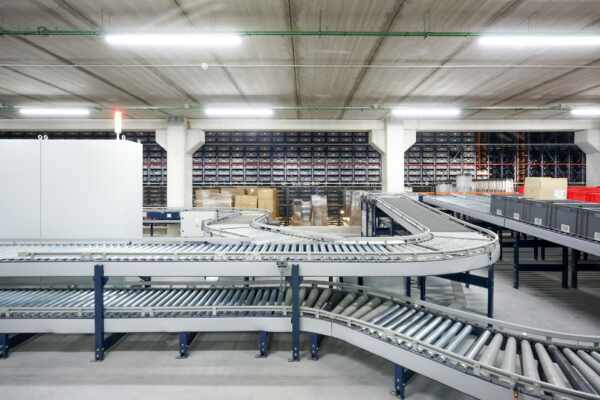A reliable conveyor belt system is crucial for the efficiency and success of food manufacturing operations. However, like any mechanical equipment, conveyor belt systems can experience malfunctions or wear over time, potentially leading to increased downtime, reduced productivity, and even food safety concerns. When faced with such issues, it’s essential to diagnose the cause of the problem and evaluate the best course of action – repair or replace.
In this article, we will guide you through effective troubleshooting strategies for identifying and addressing common conveyor belt system issues in food manufacturing. We will also explore the crucial factors to consider when determining whether it’s more cost-effective and practical to repair or replace your conveyor belt system. By understanding when to choose repairs and when to invest in a replacement, you can make informed decisions that benefit your food manufacturing operation in the long run, maintaining efficiency, food safety compliance, and your competitive edge in the market.
Effective Troubleshooting Strategies for Conveyor Belt Systems
Before deciding whether to repair or replace your conveyor belt system, it’s essential to identify the root cause of any issues. Here are some effective troubleshooting strategies for common conveyor belt system problems in food manufacturing:
1. Inspections and Assessments: Conduct visual inspections to identify any visible signs of damage, wear, or malfunction. Pay special attention to critical components, such as belts, rollers, pulleys, drives, and support structures. Additionally, consider scheduling regular preventive maintenance assessments to detect and resolve issues before they escalate.
2. Noise and Vibration Analysis: Unusual noises or vibrations can be indicative of underlying issues with conveyor belt system components or alignment. Monitoring and analysing noise and vibration patterns can help pinpoint problem areas and their root causes.
3. Performance Metrics and Data Analysis: Collect and analyse data on your conveyor belt system’s performance, such as throughput, downtime, and maintenance costs. This information can aid in identifying trends and potential issues that may need to be addressed.
4. Consultation with Experts: Enlist the help of conveyor belt system specialists to provide expert insights and recommendations on resolving issues and optimising overall system performance.
Factors to Consider When Deciding Between Repair or Replace
Once the issues have been diagnosed, consider the following factors when deciding whether to repair or replace your conveyor belt system in food manufacturing:
1. Extent of Damage or Wear: Evaluate the severity of the damage or wear to the conveyor belt system or its components. If the damage is extensive, replacement may be the more cost-effective and practical option.
2. Cost and Time Investment: Compare the cost and time required for repairs versus a full system replacement. While repairs may initially be more affordable, investing in a new system may provide better long-term value, especially if repairs are anticipated to be frequent or time-consuming.
3. System Age and Lifecycle: Consider the age of your conveyor belt system and its expected lifecycle. If the system is nearing the end of its lifecycle, replacement may be a more prudent decision, as the likelihood of recurring issues and maintenance costs increases over time.
4. Compatibility with Upgrades or Expansion: With ongoing advancements in conveyor belt technology, a new replacement system may offer features and efficiencies that are not available in your existing setup. Upgrading to a new system may provide benefits such as increased throughput, food safety compliance, or adaptability to future production changes.
5. System Reliability and Downtime: Assess the impact of ongoing system reliability issues and downtime on your food manufacturing operation. If these issues are significantly affecting productivity and profitability, investing in a new conveyor belt system may be the most beneficial decision.
Repair Scenarios: When to Consider Repairs
Repairs may be the best course of action in several situations:
1. Minor Damage or Component Failures: If the damage or issue is limited to a specific component or can be addressed through relatively minor repairs, restoring the system without complete replacement may be sufficient.
2. Cost-Effectiveness: When the costs of repairs and associated downtime are substantially lower than the expense of a full system replacement, it may be more cost-effective to repair rather than replace the conveyor belt system.
3. System Life Expectancy: If your conveyor belt system has a significant remaining life expectancy and the repair will effectively address existing issues, opting for repairs may be the more pragmatic decision.
4. Timing and Production Constraints: When faced with tight production schedules or urgent deadlines, it may be more practical to conduct repairs rather than investing in the time required to select, purchase and install a new conveyor belt system.
Replacement Scenarios: When to Opt for a New System
In some instances, replacing the current conveyor belt system may be the most beneficial option:
1. Extensive Damage: If the conveyor belt system has widespread damage or severe wear that would require extensive repairs, it might be more cost-effective and time-efficient to invest in a new system.
2. System Age and Lifecycle: When your conveyor belt system is nearing the end of its expected lifecycle, investing in a new system may provide better long-term value, reliability, and cost savings on future maintenance.
3. Technological Upgrades: A new conveyor belt system may offer advanced features or greater energy efficiency compared to the existing setup, leading to significant operational improvements and savings.
4. Expansion or changes in production requirements: If your food manufacturing operation is undergoing expansion or experiencing changes in production demands, a new system may be more adaptable and better suited to accommodate these requirements.
Conclusion
When faced with conveyor belt system issues in food manufacturing, carefully diagnosing the problem and weighing the costs and benefits of repairs compared to a full replacement will aid in deciding the most effective course of action. By considering factors such as the extent of damage or wear, cost and time investment, system age and lifecycle, compatibility with upgrades and expansion, and ongoing system reliability and downtime, you can make the informed choice that will benefit your food manufacturing operation in the long run.
Trust Change Parts Pty Ltd to support your food manufacturing conveyor belts needs, providing tailored solutions and expert advice on repair or replacement decisions. Our dedicated team is committed to optimising your operation’s efficiency, safety, and reliability.




